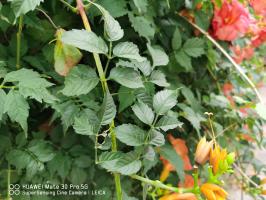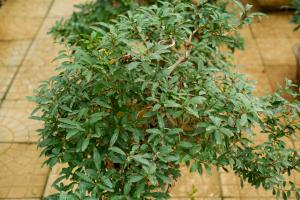Can I Use Polystyrene in Plant Pots?
Polystyrene, also known as Styrofoam, is a popular material used in many everyday products such as packaging, insulation, and disposable cups. However, can you use polystyrene in plant pots? Let's explore this topic further.
The Pros of Using Polystyrene in Plant Pots
One of the main benefits of using polystyrene in plant pots is its insulating properties. Polystyrene can help regulate the temperature of the soil, keeping it warm during colder weather and cool during warmer weather. This can be especially helpful for plants that are sensitive to temperature changes.
Another advantage of using polystyrene in plant pots is its lightweight nature. Compared to traditional plant pots made of clay or ceramic, polystyrene pots are much easier to move around, making it convenient for individuals who like to rearrange their plants often.
The Cons of Using Polystyrene in Plant Pots
While there are benefits to using polystyrene in plant pots, there are also drawbacks to consider. One main concern with using polystyrene is its impact on the environment. Polystyrene is not biodegradable and can take hundreds of years to decompose, leading to long-term pollution and harm to wildlife.
Additionally, some studies suggest that polystyrene may not be safe for plants. When exposed to heat and moisture, polystyrene can release toxic chemicals that can harm plant growth and even contaminate the soil.
Alternatives to Polystyrene in Plant Pots
If you're looking for a more eco-friendly and plant-safe alternative to polystyrene in plant pots, there are several options available. One is to use plant pots made of biodegradable materials such as coconut coir, rice husks, or even recycled paper. These materials are not only better for the environment but can also provide nutrients for plants as they break down.
Another alternative is to use traditional plant pots made of clay, ceramic, or even plastic. While plastic may not be the most eco-friendly option, it is still a better choice than polystyrene as it can be recycled and is often made from safer materials.
The Bottom Line
Ultimately, while polystyrene may have its benefits for plant growth and convenience, its negative impact on the environment and potential harm to plants make it a less than ideal material to use for plant pots. Instead, consider using eco-friendly and plant-safe alternatives or traditional plant pots made of clay, ceramic, or plastic.

 how many times do yo...
how many times do yo... how many planted tre...
how many planted tre... how many pine trees ...
how many pine trees ... how many pecan trees...
how many pecan trees... how many plants comp...
how many plants comp... how many plants can ...
how many plants can ... how many plants and ...
how many plants and ... how many pepper plan...
how many pepper plan...





























